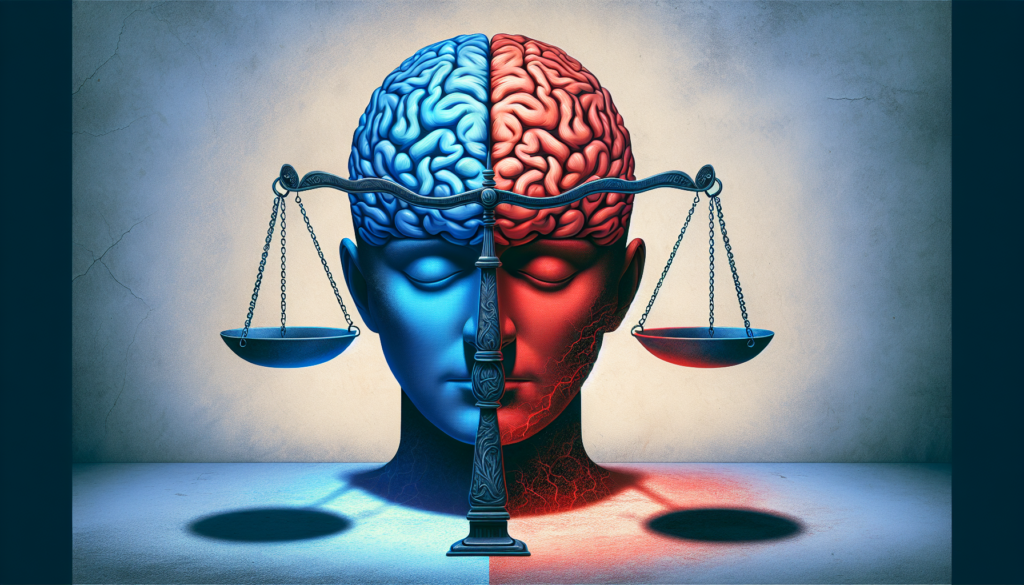A utopian countercultural group that valued LSD as a religious sacrament
Religion: Syncretic (Eastern spirituality, Christianity, and countercultural beliefs)
Founder: John Griggs (Brother John)
Founded: 1966
Ended: 1972 (as an organized group)
Location: United States (primarily California)
Other Names: The Hippie Mafia
The Brotherhood of Eternal Love was a notable entity within the cultural and social fabric of the 1960s and 70s, embodying the era’s radical shift towards psychedelic exploration and the broader countercultural movement. Founded in 1966, this group, often dubbed the “hippie mafia,” originated from a collective desire to explore and distribute psychedelic substances, primarily LSD, which they regarded as sacramental. Their story intertwines with the broader narrative of the 1960s counterculture, reflecting both the aspirational idealism and the complexities and challenges of alternative lifestyles and underground economies.
Central to the Brotherhood’s ethos was the distribution of LSD, a mission fuelled by a blend of spiritual quest and anti-establishment sentiment. Their aim was to make LSD accessible to as many people as possible, an ambition catalyzed by the outlawing of the substance in California in 1966. The group’s operations grew to include smuggling schemes involving marijuana from Mexico and hashish from Afghanistan, concealed within musical instruments, surfboards, and other carriers to evade detection.
The Brotherhood initially aspired to create a self-sufficient utopia, influenced by the psychedelic utopianism of Aldous Huxley’s “Island.” They settled in Modjeska Canyon, Orange County, attempting to live out their ideals of communal living and self-sufficiency. However, after their compound was destroyed by fire, they relocated to Laguna Beach, where they established Mystic Arts World, a hub for their activities and spiritual practices.
The inclusion of Timothy Leary, a prominent figure in the psychedelic movement, into the Brotherhood marked a significant phase, enhancing their profile within the counterculture. Leary’s involvement brought a mix of intellectual gravitas and public notoriety, attracting attention not only from those sympathetic to their cause but also from law enforcement.
Despite their spiritual and communal aspirations, the Brotherhood’s activities inevitably attracted legal scrutiny. Their operations were characterized by both ingenuity in evading law enforcement and internal challenges, including the impact of Leary’s high-profile antics and legal troubles. Leary’s arrest and subsequent escape with the aid of the Brotherhood highlighted the increasing pressures facing the group.
The Brotherhood’s activities eventually attracted the attention of law enforcement. In the late 1960s and early 1970s, several members were arrested on drug-related charges. The group faced increasing pressure from the authorities, leading to numerous legal battles and the eventual dismantling of their operation. By the early 1970s, the Brotherhood of Eternal Love had largely disbanded, due in part to legal challenges and internal disputes. However, their legacy continued to influence the psychedelic culture and the broader countercultural movement.
image via YouTube




